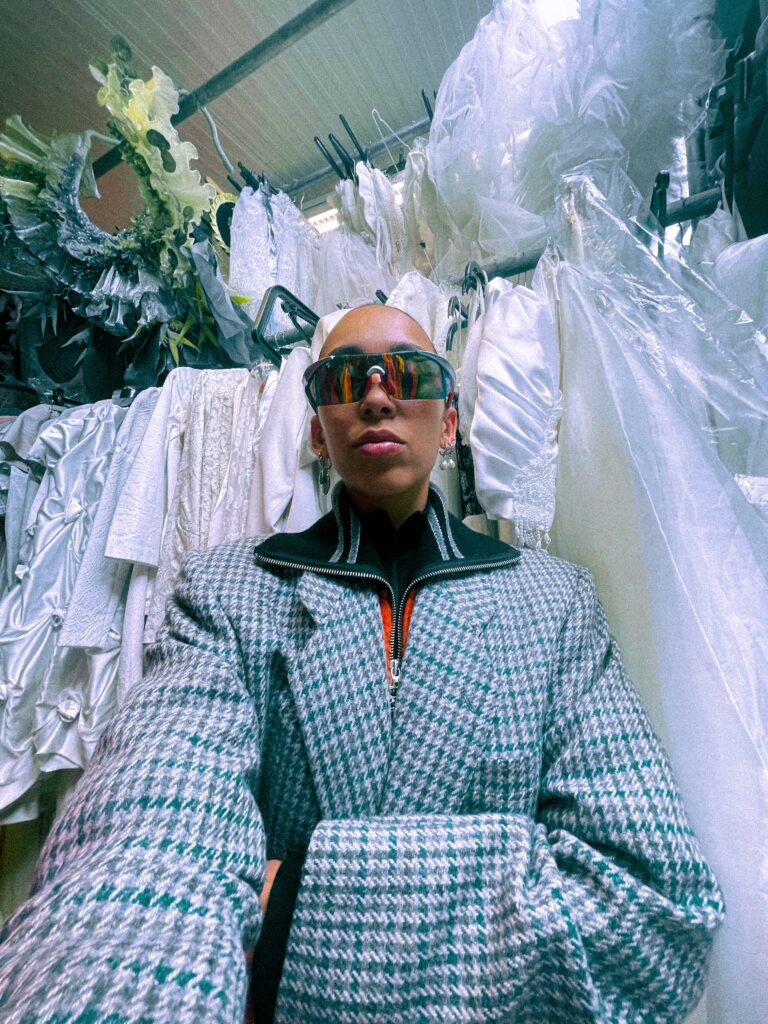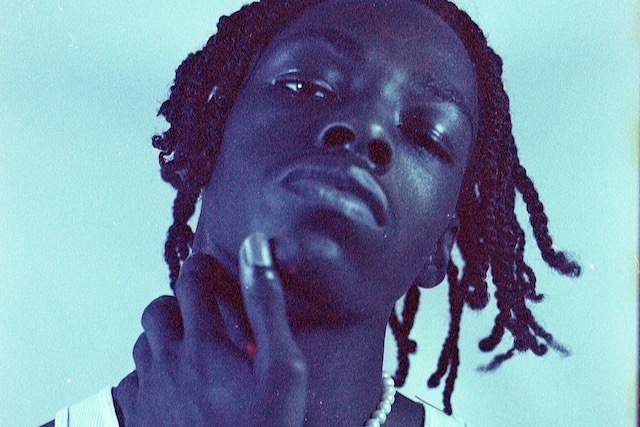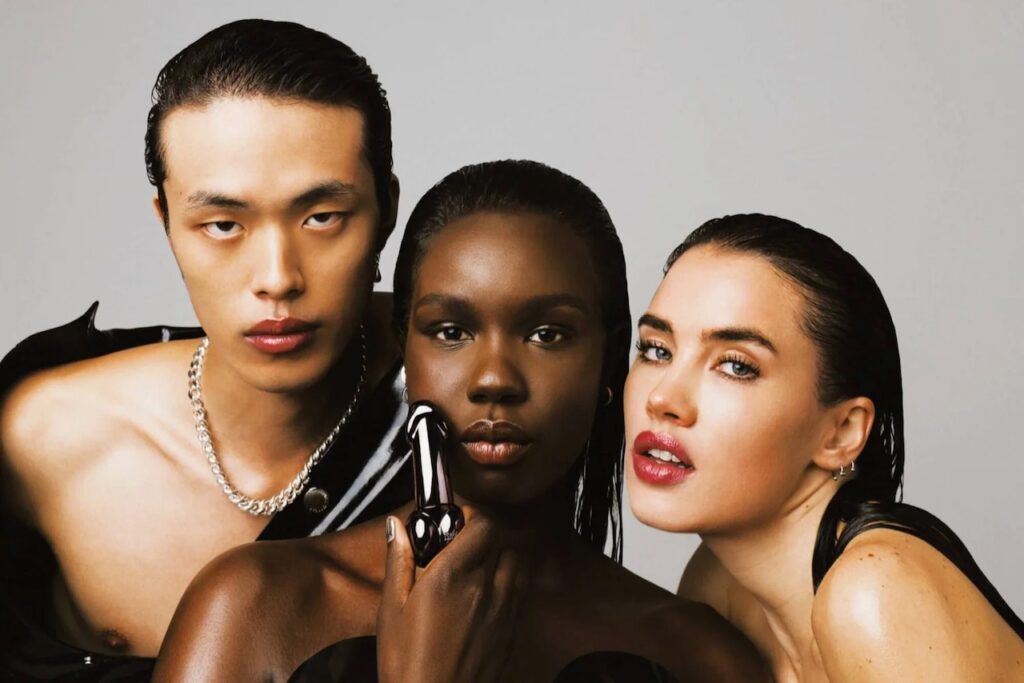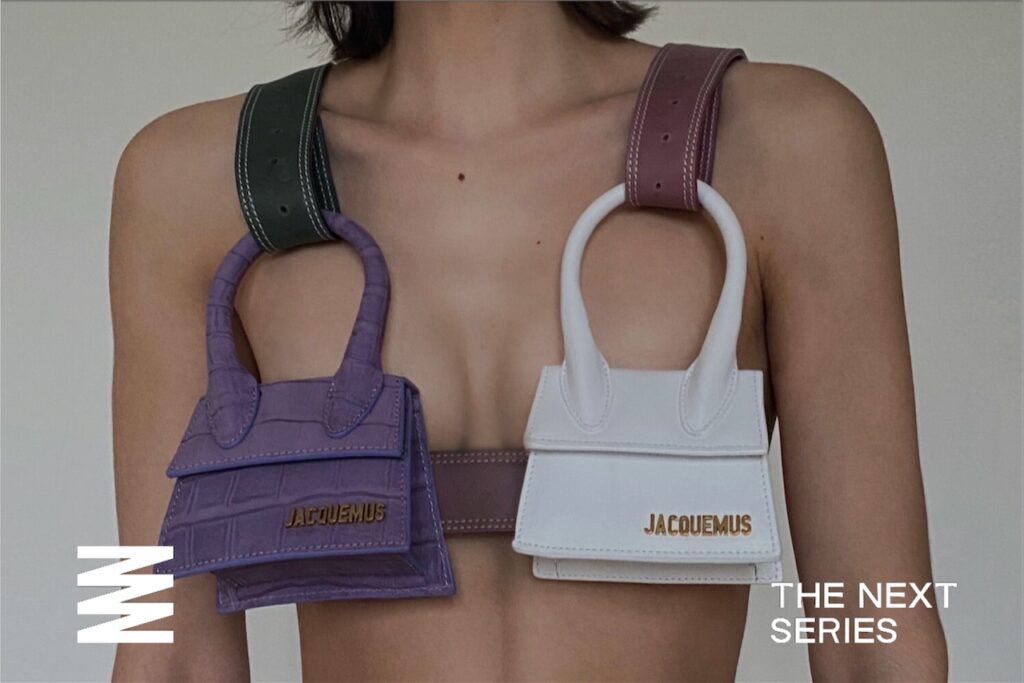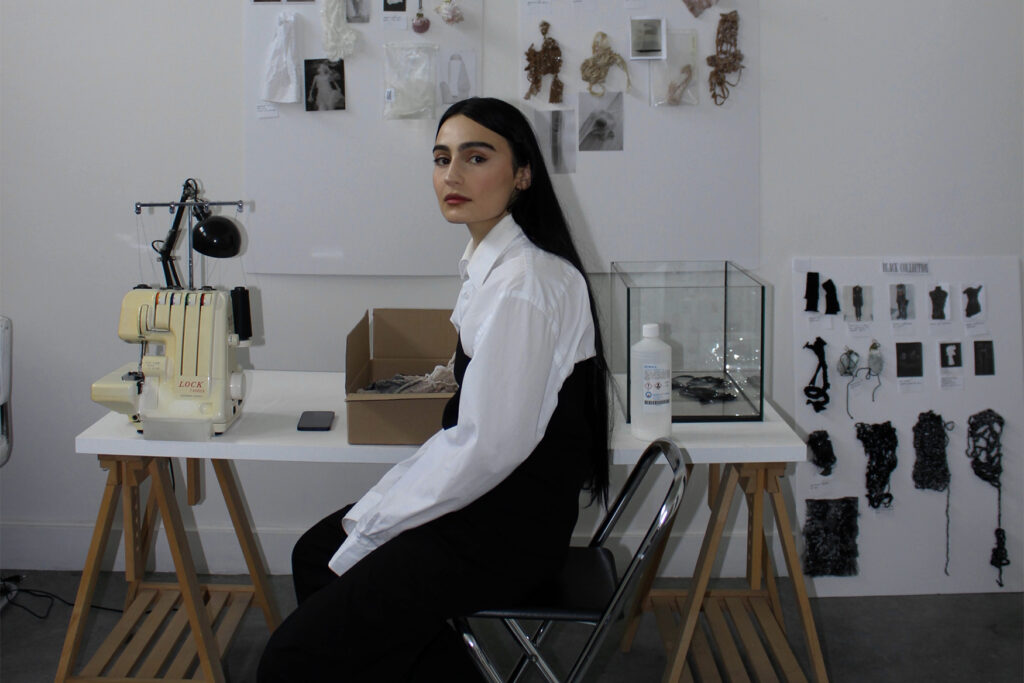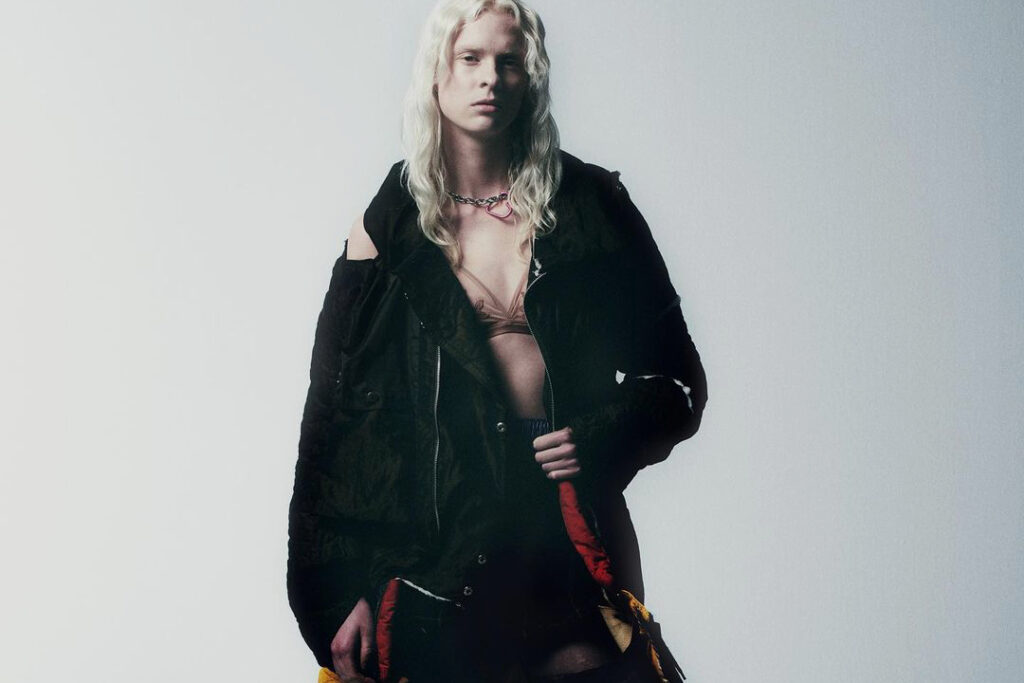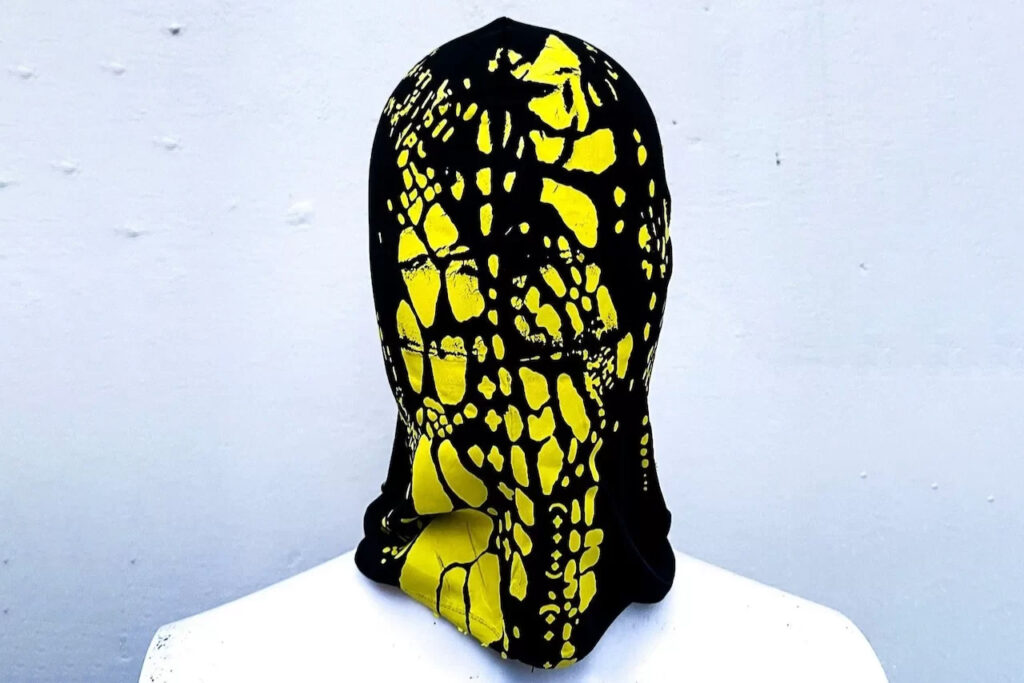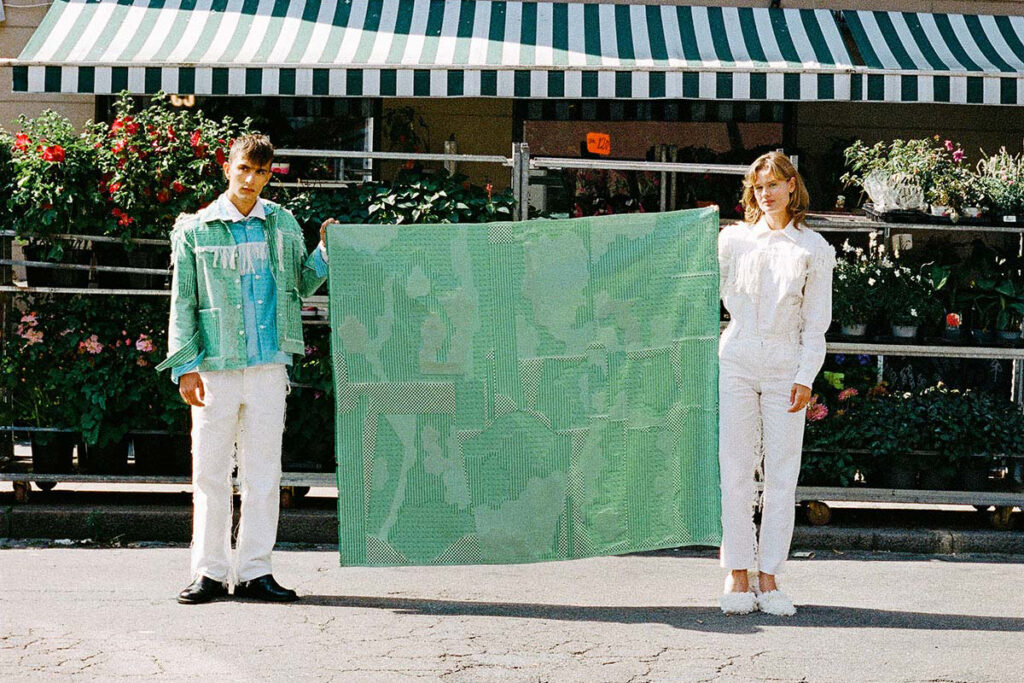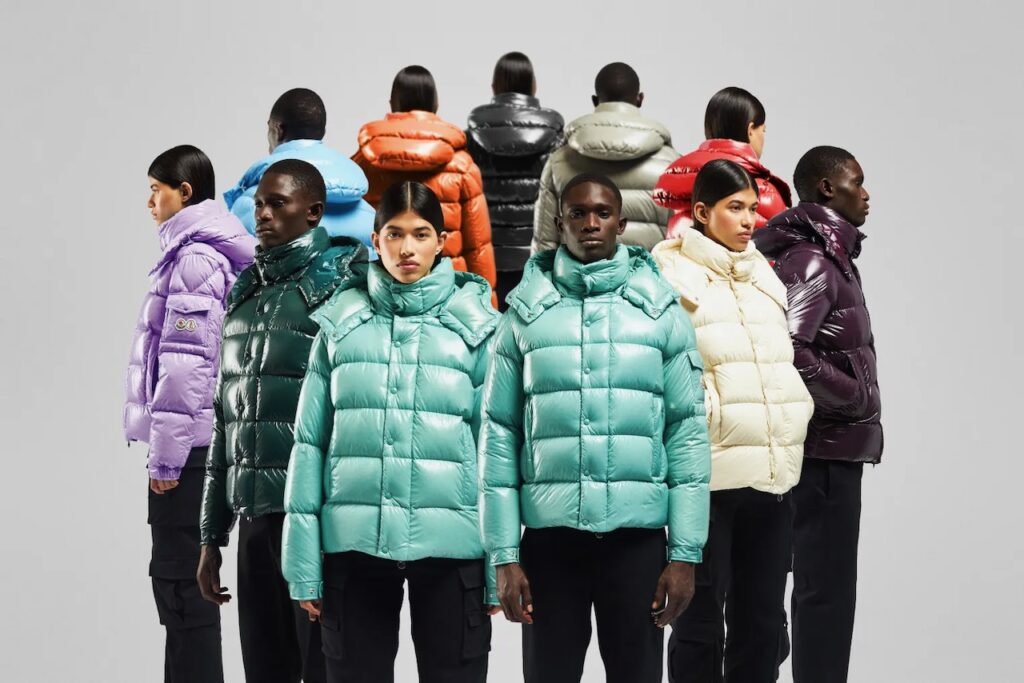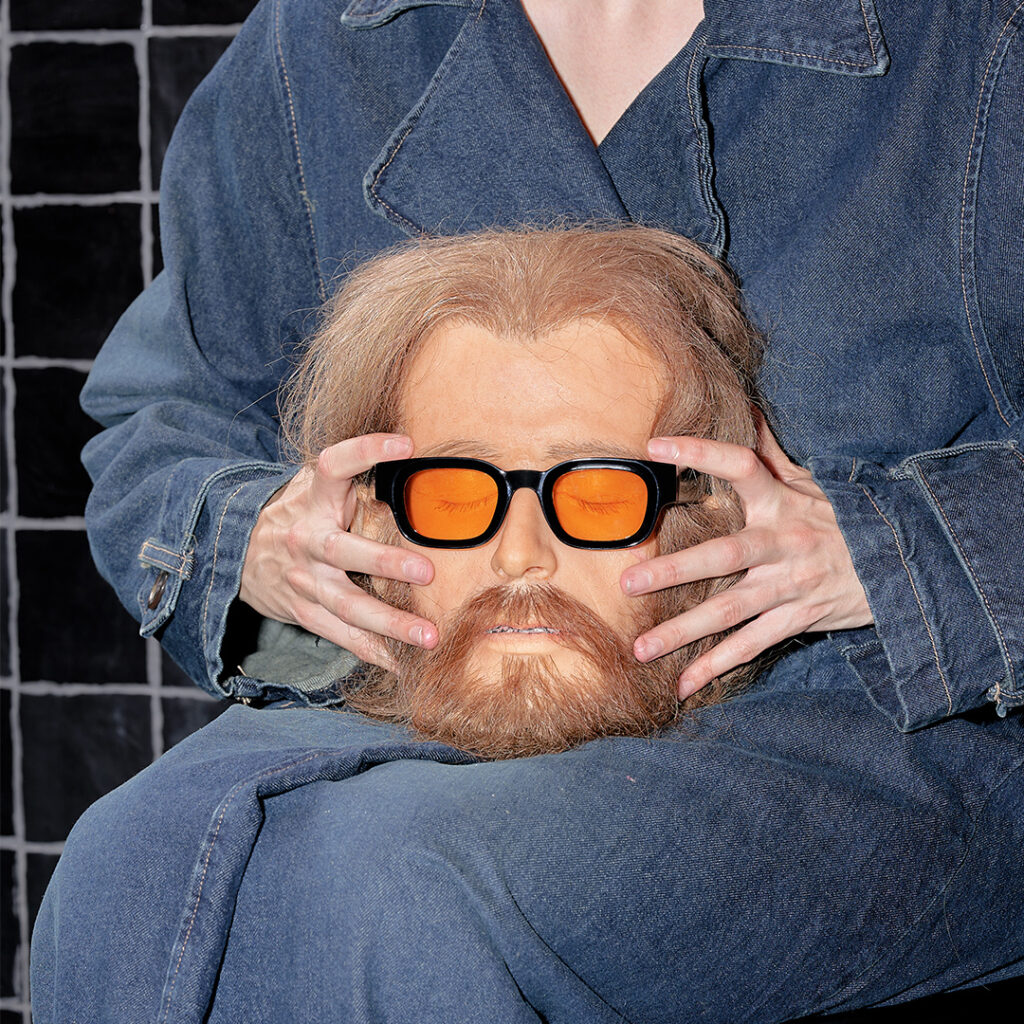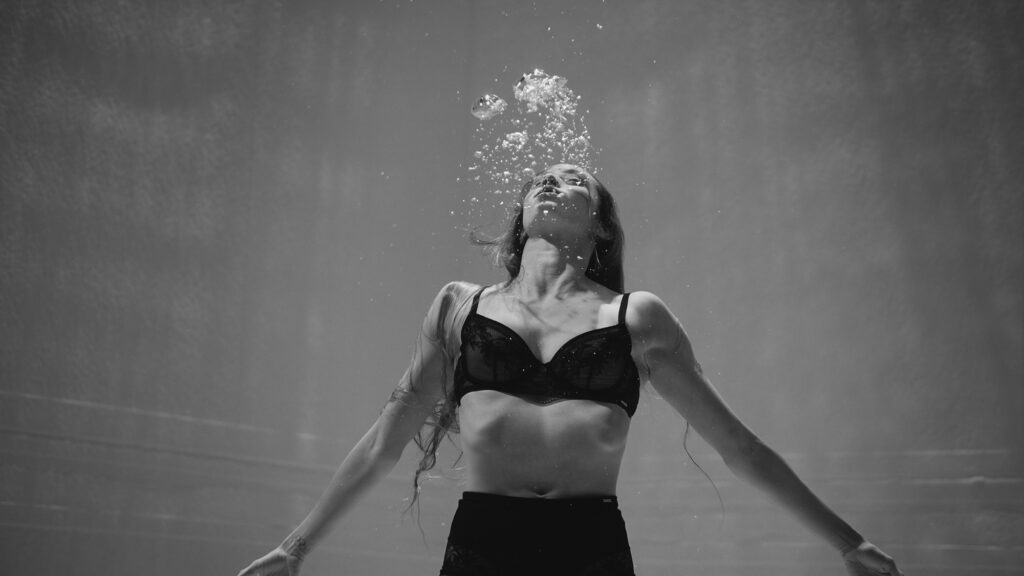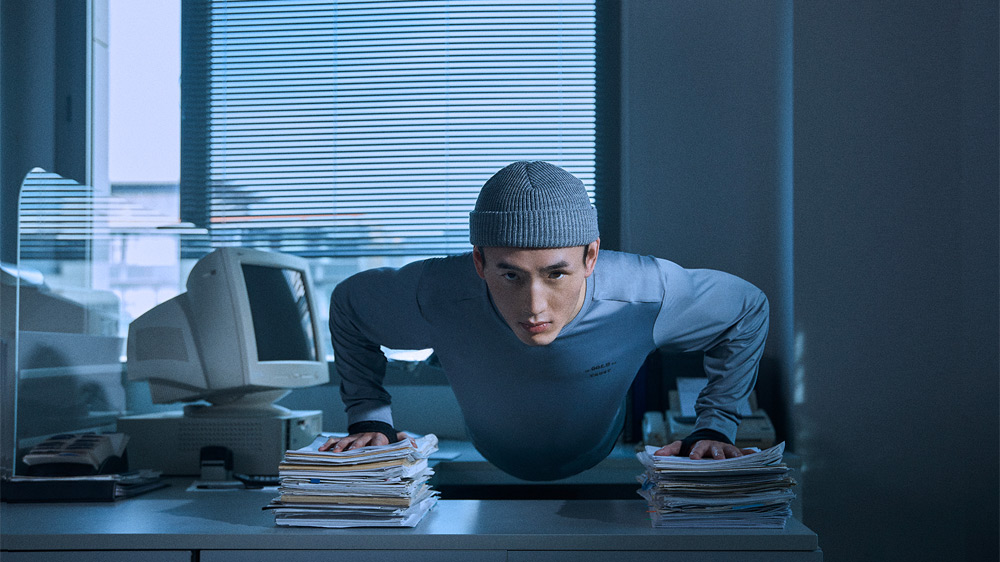While consuming any sort of content and honing in on a character, have you ever wondered why they look just right? Cohesive and almost as if they emanate a vibe that advances the plot and benefits the story or the purpose somehow? Well, that’s not accidental, that’s called styling.
Often overlooked by untrained eyes, styling is a key element of visual storytelling. It helps carry a narrative and communicate it in a more impactful manner. Think of it as the salt to any recipe. To anyone who doesn’t know their way around the ins and outs of the creative industry, the role of a stylist may seem inconsequential. But truth be told, it can make or break a piece of visual content.
A stylist is charged with the unique task of realizing and elevating their client’s vision by merging it with their own creative input and expertise. So not only does this person need to be an expert in their field and have a highly developed artistic sense of style, but they also need to have the capacity of understanding a client’s needs as well as a tight grasp on the process of working with and around these needs.
Understandably, a good stylist can be hard to come by. This is why when you come across the work of someone such as Lissa Brandon, you stop in your tracks.
The Surinam-born, Netherlands-based multidisciplinary artist started her journey into the fashion industry by working as a wardrobe stylist in 2013, later dabbling in creative direction too. As soon as we laid eyes on her work, we just knew we had to feature Brandon as one of our picks for groundbreaking creatives, blazing the trail of the future of the industry.
Welcome to The Next Vol.3: Lissa Brandon.
I aspire creative freedom by not putting a label or limit on my expressions.

Could you tell us a little bit about your evolution as an artist and how you ended up in the fashion industry?
Ever since I was young, I’ve been exploring ways to express myself creatively, especially through fashion. Once I found out about styling, I saw a way in and started doing TFP shoots for the experience. This eventually grew into a business in the fashion industry. On the side, I instinctively created images with my alter ego Mojo Nodnarb in front of the lens. At some point, it became too much to handle by myself, and that’s when I started working with my business partner Ricky Letnom. Since then, Mojo Nodnarb has evolved into my creative playground, where the artist in me can dream freely and explore different disciplines.
Do you feel that being a multidisciplinary artist impacts your work as opposed to just working through a single art form? How does your work as a stylist and as a creative director complement each other for example?
The aim is always to stay authentic.
I feel like we live in an age where we are getting more comfortable with recognizing people in their multidimensional ways and appreciating their different art forms. It personally feels natural to me to switch between different roles. The aim is always to stay authentic. Working as a creative director has really helped me broaden my horizon as an all-round creator and learn more about the art of collaboration. So when I now work as a stylist, I have a better vision of how all departments in a production can amplify each other. And that works the other way around too.
What should be the ultimate goal of a stylist at any job?
Finding the perfect balance between realizing the vision of the client and adding your own, to create something unique.
Tell us about your alter ego Mojo Nodnarb. Why did you create them? What does Mojo allow you to do that Lissa doesn’t?

As I mentioned earlier, this really came instinctively to me. In the beginning, Mojo has helped me to let go of insecurities and see the benefits of stepping out of my comfort zone. Later on, it became more of a purposeful thing to make sure that my creations wouldn’t only get directed by clients. It allows me to have a place within the brand for constant innovation.
Is your creative process different when you’re in front and behind the camera? If so, how?
…when I work behind the camera, there’s often more room for improvisation. But I must say that these differences are blurring over time.
Yes & no. Yes because I really have to channel a different side of myself and step out of my comfort zone in order to appear in front of the lens. I do this by practising in front of the mirror and often listening to different types of music. I only appear as Mojo if I can do the creative direction myself or if we can make sure that it completely matches the vision and values. This can translate into more preparation and communication with the team, to build that trust. So when I work behind the camera, there’s often more room for improvisation. But I must say that these differences are blurring over time. I’ve come to love the calmness, purposeful intention & trust that deep preparation brings. So right now I try to incorporate that more & more in jobs behind the camera as well.

What is the message behind your art? Where do you want to take the viewer?
To be honest, I’m not always purposefully busy with conveying a message while expressing it. Some themes that occur regularly and I always stand by are (creative) freedom, inclusivity, spirituality, and authenticity.
What impact do you want to have on the world with your style?
I’d love it if my style would inspire anyone to express themselves more freely and authentically, whatever that may mean for them. Besides that, I definitely feel the urge to act more sustainably and to also share that message. We don’t always need the newest things in order to be fulfilled or successful. If we go on like this, we’re not leaving much good behind for the next gens. I’m still a work in progress myself, so that’s why I can relate and hopefully affect more change in the future.
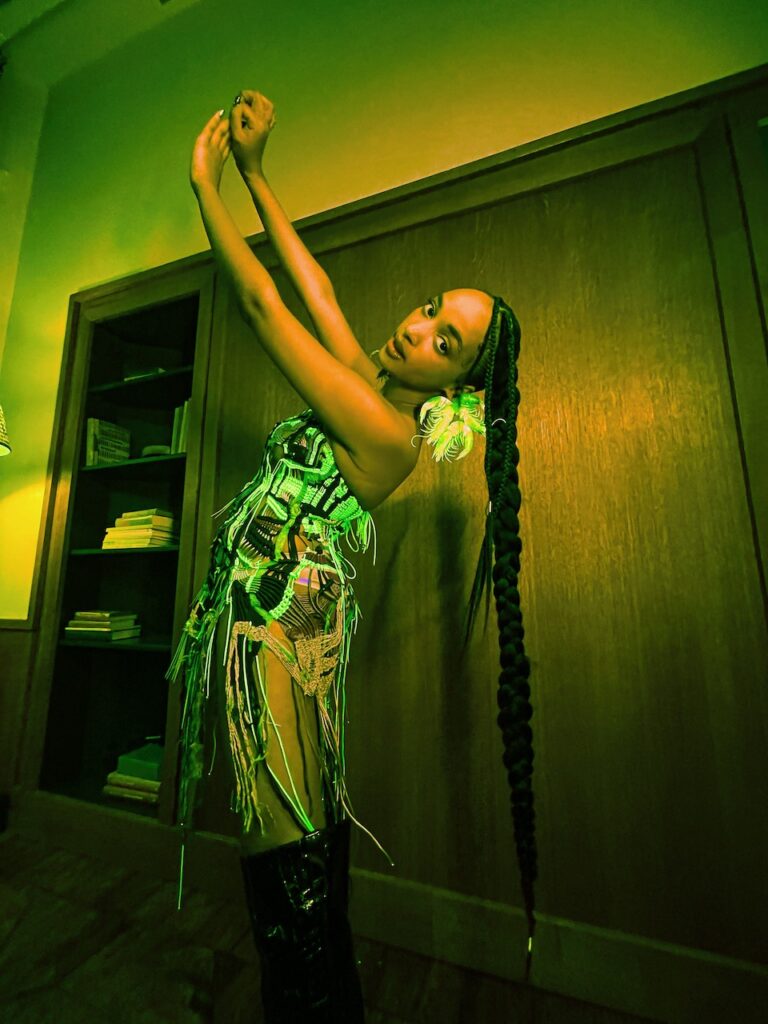
I’d love it if my style would inspire anyone to express themselves more freely and authentically, whatever that may mean for them.
As a stylist, how do you find a way of fulfilling your creative vision while still keeping it in line with that of a designer for a campaign for example?
Good communication and trust are key in all collaborations. We can build this through words or imagery. It’s also important to set outlines and expectations beforehand and say no to jobs that aren’t a match.
What differentiates someone who can pair things nicely from a professional stylist? What is it that as a stylist takes you to the next level and makes you thrive?
What takes you to the next level is having a unique vision, strong branding, and being consistent, professional, and reliable.
Being a professional stylist takes hard work. I’m often working late nights and early mornings to pick up and drop off clothing. Especially when several jobs run at the same time, you really need order, good planning and enough rest to deliver quality. What takes you to the next level is having a unique vision, strong branding, and being consistent, professional, and reliable. Of course, your network is also very important, so I personally value making genuine connections with the people I work with.
What would you say has been your best experience with a client and why?
It’s hard to choose, but definitely the ones where the client recognizes my value of work and has an open dialogue throughout the whole creative process.
Tell us a little bit about your experience working on the film ‘The Mass Awakening’ with Tim Wes. How did you creatively come together for the project?

Tim is my cousin by blood but feels like a brother to me. We’ve grown up together and he’s been my creative partner even before we started doing any of this professionally. So working with him was a great experience as always. He has a strong and unique vision and likes to innovate. ‘The Mass Awakening’ was a self-initiated project, and we’ve both learned so much from the experience. Also the other people on the project like Shay Latukolan, Shivawn Joubert and Reilly do Rosario are close friends of ours. Being able to work with friends is a huge blessing.
Could you describe the creative process behind working on FACE ME with Tim Wes? What do you think you were able to highlight with your work?
Puck Litaay, the director of FACE ME, really had a strong image and story in mind for every character in the video. This gave me clear outlines to get going and make the characters come to life. For Tim’s looks, we had to find a middle ground between the 3 of us, but I felt like I had a good understanding of their visions and easily found my way to interpret that.

Are there any art forms you would like to dive into in the future that you haven’t been able to yet?
I love film, photography and editing. I’ve been flirting with it here and there, but I would love to actually study those things and get better.
How do you envision your art evolving in the future?
I’d like to see the boundaries between my different art forms dissolve. I want to be involved in my vision as an all-round creator and leave my mark on anything I touch.
I’d like to see the boundaries between my different art forms dissolve.
